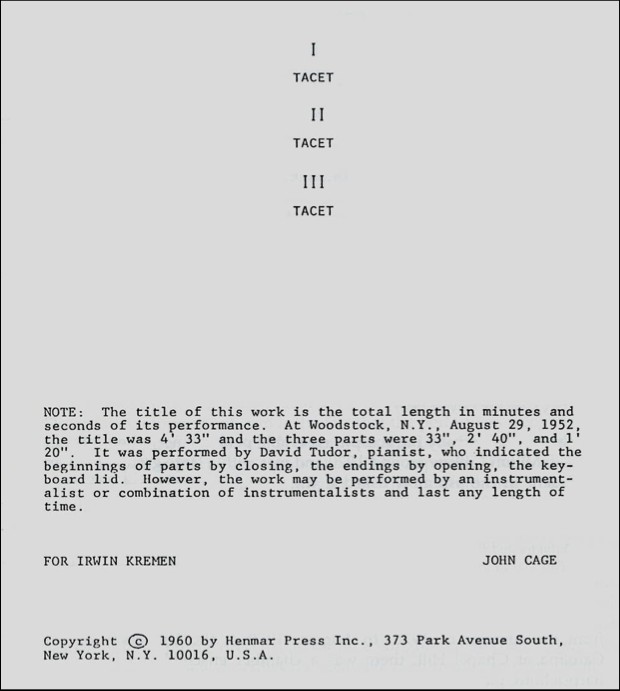
The Importance of Hearing
If you were not now reading this text, but instead were listening to me speak, I would ask you now to close your eyes and listen. I would ask you with your eyes closed to pay attention to everything you are hearing. I would stop speaking so that you could devote all of your attention to the sounds that surround you. You might hear the sound of the ventilation, the faint hum of an electric clock or the ticking of a mechanical one. Perhaps you can hear traffic, a car going by, or an ambulance siren. If you are not alone, you might hear a cough or footsteps of someone nearby. In fact, why don’t you do that now? Stop reading, close your eyes for a minute or two and listen, really listen.
What you may have learned from this exercise is that there is always sound, always something to listen to. Hearing is a sense that is always “on.” We are always hearing something; we are constantly surrounded by sound. This exercise of listening to ambient sounds is at the heart of the musical composition 4’33” by John Cage. The score of this composition instructs the performer of an unspecified instrument not to play the instrument for the duration of the piece, 4 minutes and 33 seconds.

Score of 4’33” by John Cage
(“Tacet” is the indication in a musical score that an instrument is silent.)
While this may be described as four minutes and thirty-three seconds of silence, this is far from the case. John Cage described the reaction of the audience at the first performance as follows: “They missed the point. There’s no such thing as silence. What they thought was silence, because they didn’t know how to listen, was full of accidental sounds. You could hear the wind stirring outside during the first movement. During the second, raindrops began pattering the roof, and during the third the people themselves made all kinds of interesting sounds as they talked or walked out.”[1]
There is virtually no such thing as silence. To produce a completely sound-free environment, an anechoic chamber, requires a great deal of care and ingenuity. Even in the best anechoic chambers, where no sound enters the ears from the outside, even then there is sound to hear – the sound of blood rushing through the arteries and veins within the ear. What we usually call silence is merely a lack of attention to what we are hearing.
So, what is hearing? Hearing is one of the senses, the faculties by which we gain information about our surroundings, and sometimes about our own bodies. Other senses include vision, smell, taste, and touch. Smell, taste, and touch give us information about our immediate surroundings, those with which we are making immediate, physical contact. Hearing and vision give us information about the environment at a distance from us, sometimes a very great distance. Together, the senses give us information that helps us to find the materials we need for survival, such as food, water, and shelter, and to avoid those things that could harm us, such as pests, predators, and poisons. Our senses make us aware of our surroundings.
[1] Kostelanetz, Richard. 2003. Conversing with John Cage. p.70. New York: Routledge.